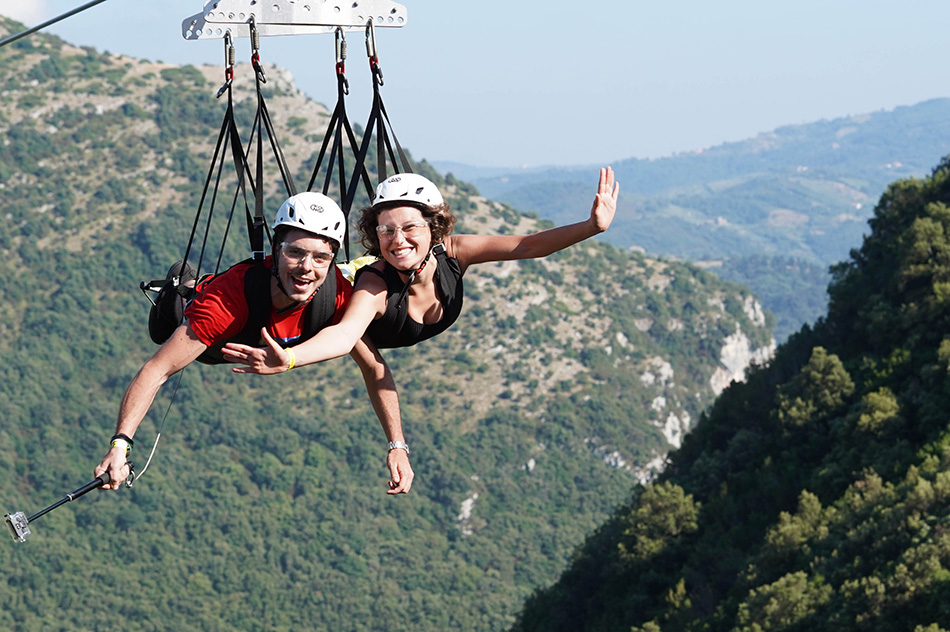Castellabate overlooks the Tyrrhenian coast and consists of three inhabited areas: Castellabate, Santa Maria di Castellabate and San Marco di Castellabate. Arriving in the village you can admire a breathtaking panoramic view of the coast and the Gulf of Salerno. The historic center of Castellabate is a very well preserved medieval village, which develops around the Abbot's castle, from which the town takes its name. The castle, built in the 12th century, has been restored over the centuries and is now open to the public. Santa Maria di Castellabate is the seaside resort of the municipality, with a long beach of very fine sand and crystalline sea. Castellabate is an ideal place for those looking for a holiday full of history, culture and the sea, immersed in the beauty of Mediterranean nature.

San Marco di Castellabate is a fraction of the municipality of Castellabate, an ancient fishing village located between Santa Maria and Licosa. Going up Via Marina between interesting late 19th century buildings, you arrive in the center of San Marco in the characteristic Piazzetta Don Giuseppe Comunale where the church of San Marco Evangelista stands. Going down towards the sea, from the characteristic and suggestive little port it is possible to reach the renowned Pozzillo beach to the north or the wonderful islet of Punta Licosa to the south.
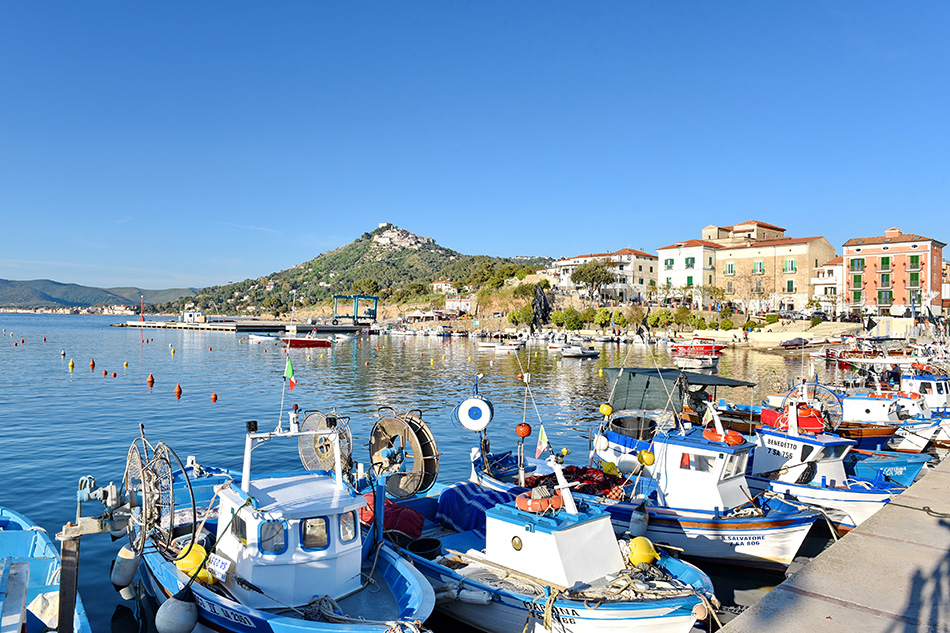
Punta Licosa is a small peninsula declared a Nature Reserve in 1997 and is characterized by wild and uncontaminated nature, with a very rich and diverse fauna and flora. The small islet of Punta Lisosa is dominated by a lighthouse, from here a spectacular panoramic view of the sea and the surrounding coast opens up. The coast of Punta Licosa is among the most beautiful and unspoilt in the area, with crystal clear waters and a unique natural environment. Punta Licosa is also an ideal destination for lovers of trekking and excursions, with numerous paths that wind through the surrounding unspoiled nature.
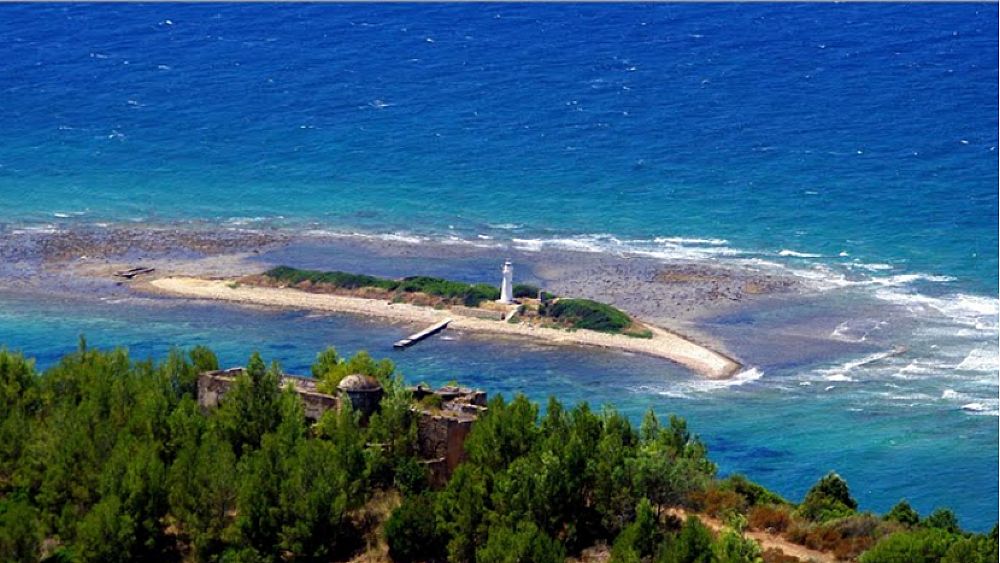
Agropoli is one of the largest towns in Cilento, the suggestive tourist port is the ideal starting point to get to the top, towards the historic center. Located on a hill overlooking the sea, the Saracen village of Agropoli offers a spectacular panoramic view over the entire Gulf of Salerno up to Capri. The heart of the historic center is the Aragonese Castle, a medieval fortress built around the 9th century and expanded over time. The castle offers stupendous panoramic views and often, in the summer season, hosts interesting shows and events.
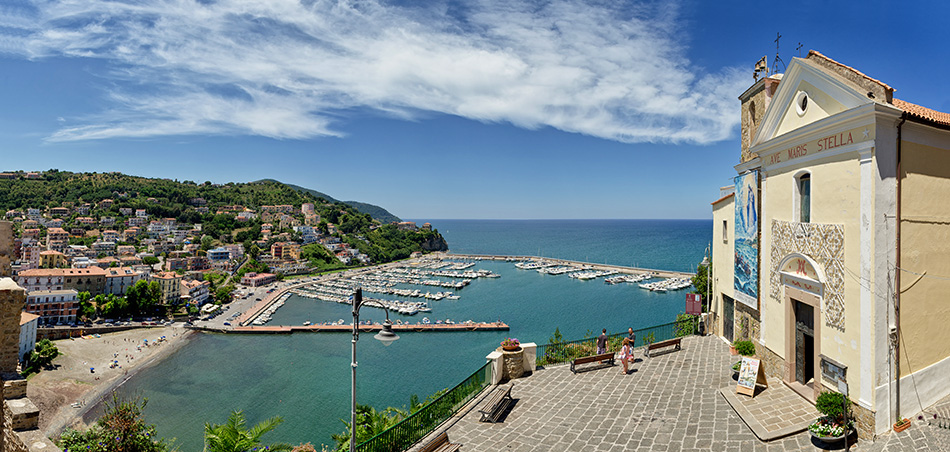
Paestum is one of the most important archaeological sites in Campania, known for its ancient Greek temples and the defensive walls that delimit the area of the ancient city of Poseidonia. The city of Paestum was founded by the Greeks in the 6th century BC. and became one of the most important cities of Magna Graecia. The impressive Temple of Neptune, the Temple of Ceres and the Temple of Athena, are all built in the Doric style and very well preserved. The archaeological site also houses a museum, which collects numerous archaeological finds, including the famous fresco of the "Tomba del Tuffatore". Paestum is also famous for the production of buffalo mozzarella, a prized and highly appreciated dairy product all over the world.
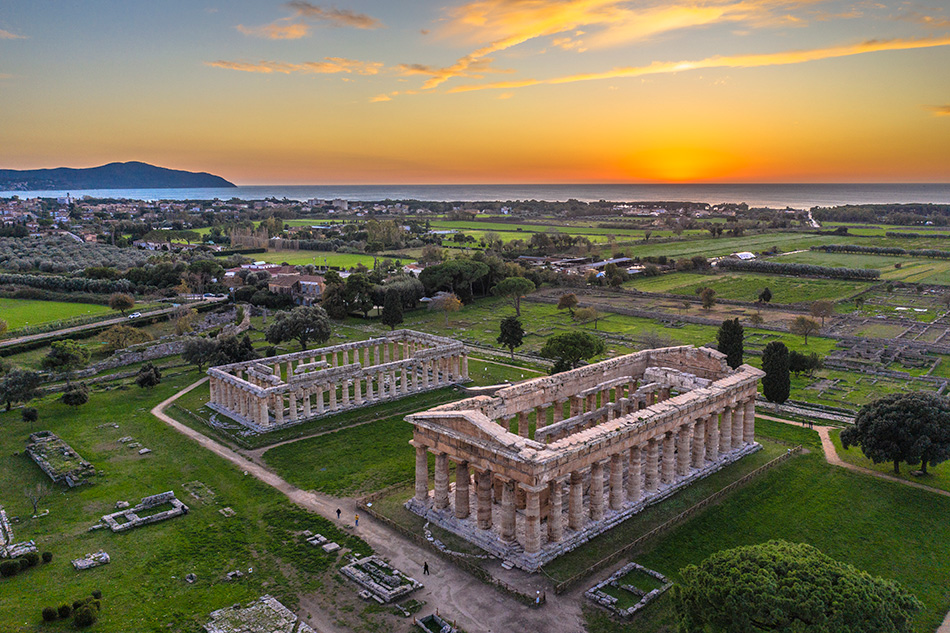
Velia, also known as Elea, is an archaeological site overlooking the Cilento coast. Founded by the Greeks in the 5th century BC, Velia became an important cultural and philosophical center of antiquity. The archaeological site houses many remains of the ancient Greek city, including the Acropolis, the Temple of Athena, the Greco-Roman Theater, the Temple of Hera and the red stone Porta Rosa, the oldest known example of a round arch sixth in Italy. Velia also offers a beautiful view of the sea and a very long beach of fine sand, located at the foot of the acropolis. Velia is also known for being the birthplace of important ancient philosophers, including Parmenides and Zeno, founders of the Eleatic philosophical school.
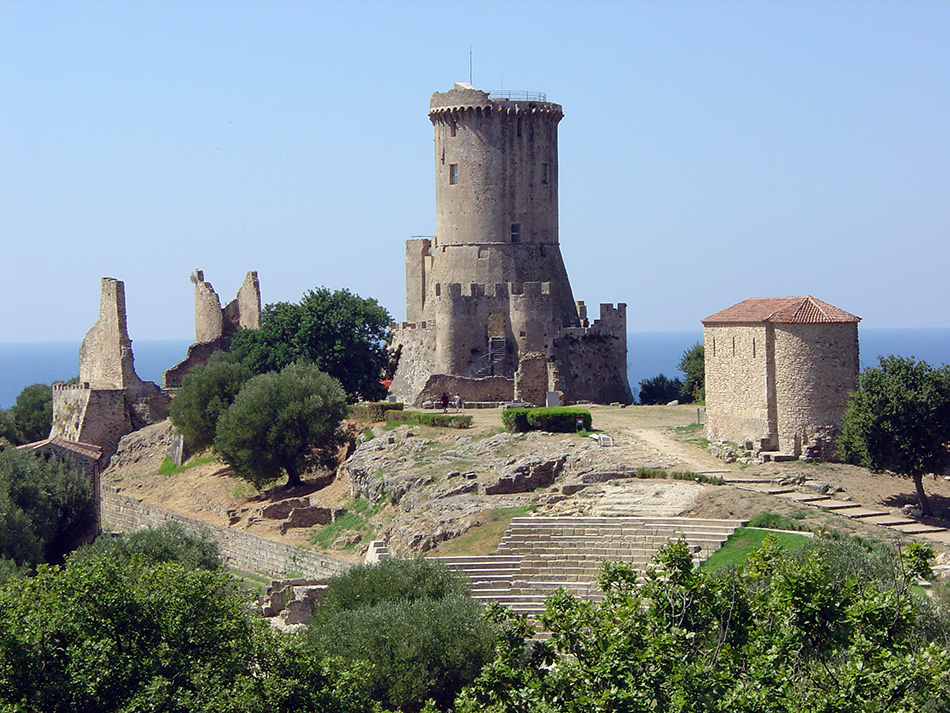
Acciaroli is a fraction of the municipality of Pollica, overlooking the Cilento coast, Acciaroli is famous for its beautiful beaches and for its peaceful and relaxing atmosphere. The Acciaroli beach is one of the most beautiful in the area, with golden sand and crystalline sea, also awarded the Blue Flag for its crystalline waters. Next to the beach is the marina, where you can rent boats and dinghies to explore the coast. The historic center of Acciaroli is very suggestive, with narrow alleys and whitewashed stone houses, where there are restaurants and local craft shops. Acciaroli is also known for having been one of the residences of the famous writer Ernest Hemingway, who described it as a place of great natural beauty and a source of inspiration for his works.

Trentinara is a classic village of ancient Cilento known for its panoramic position on the Sele Valley. The historic center of Trentinara is very suggestive, with narrow alleys and stone houses, where there are ancient churches and historical monuments. Among the various characteristic places, a particular mention goes to the deconsecrated church of San Nicola, dating back to the 11th century and still intact, used as a craft museum. Trentinara, thanks to its privileged position on the Alburni Mountains, offers beautiful views of the surrounding valley, an ideal place not only for excursions and walks in nature but also to try the famous and exciting "Volo dell'Angelo", a panoramic flight on a 1600 m long zipline meters with a view of the Gulf of Salerno and the Cilento coast, at a speed of 120 km/h for a minute and a half of pure adrenaline.
